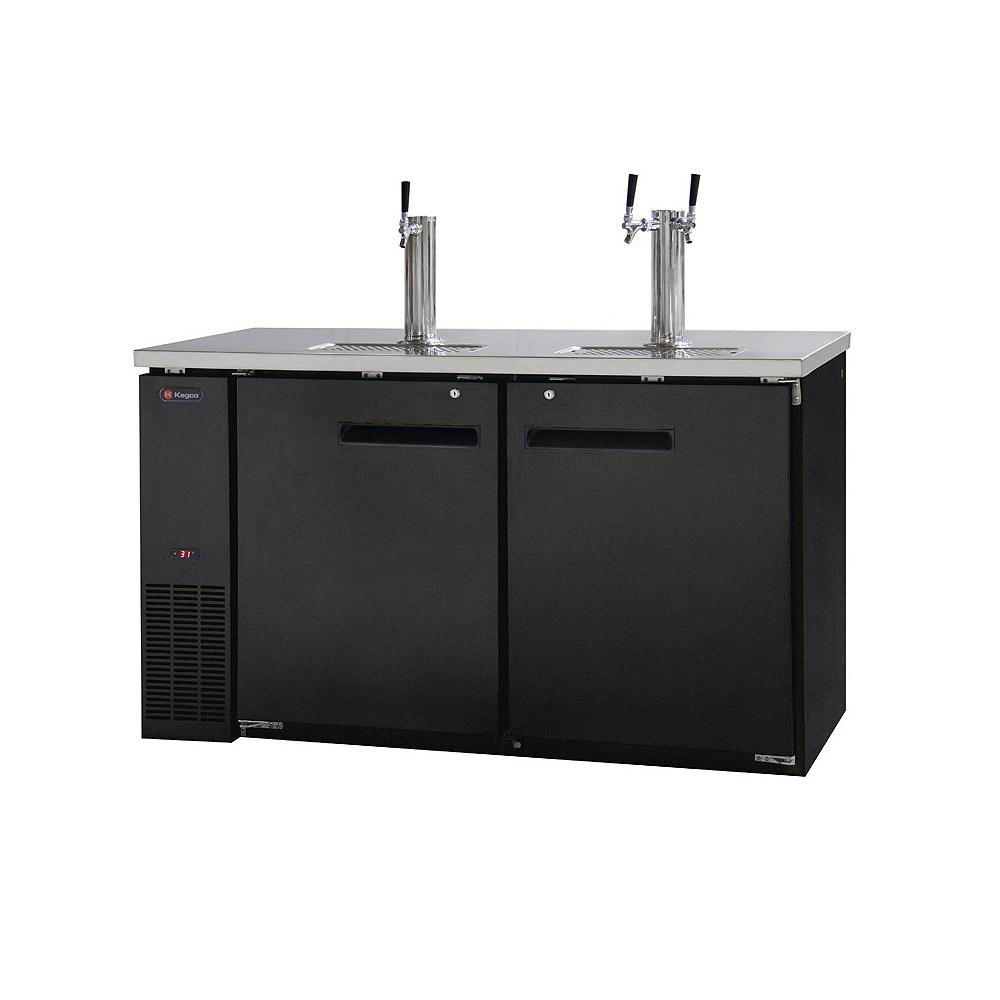I have done a search but have not found a thread that fits my circumstance, my apologies if I overlooked.
Here is details
I am ready to pull the trigger on a 3V herms system. I have priced out 20 gallon vessels going all electric with recirc of course.
Can I mash a small beer in this tun or is it too big? Will the grain bed be too thin?
It is a Spike 20G tun if that matters.
Thanks for your help!
Here is details
I am ready to pull the trigger on a 3V herms system. I have priced out 20 gallon vessels going all electric with recirc of course.
Can I mash a small beer in this tun or is it too big? Will the grain bed be too thin?
It is a Spike 20G tun if that matters.
Thanks for your help!



